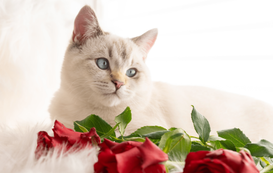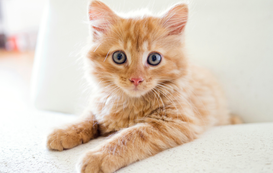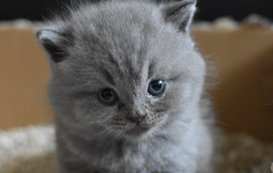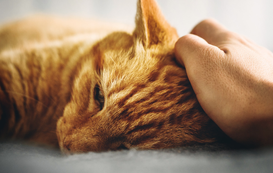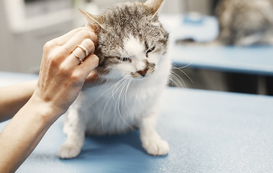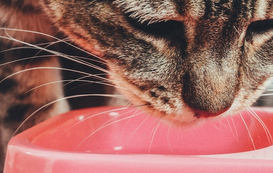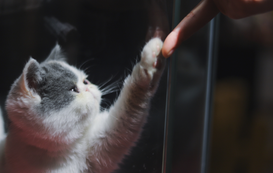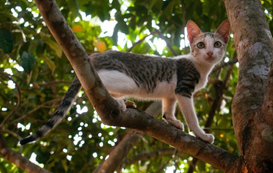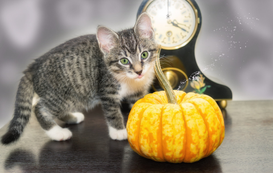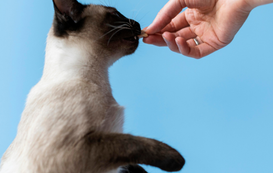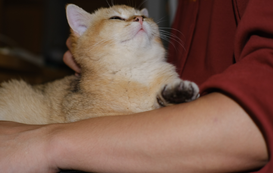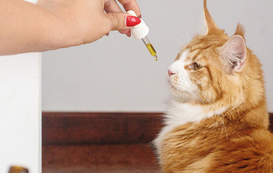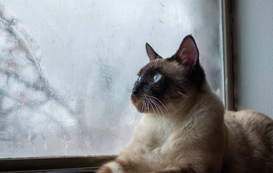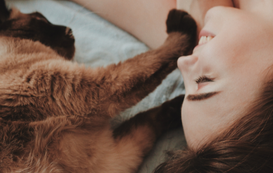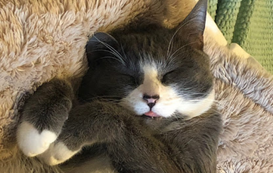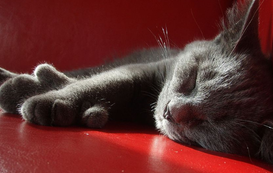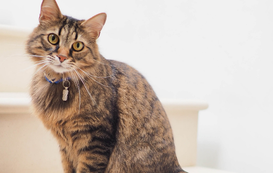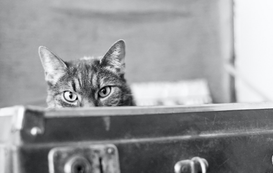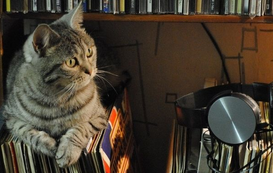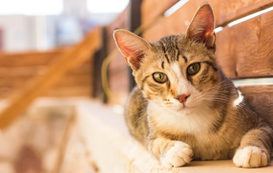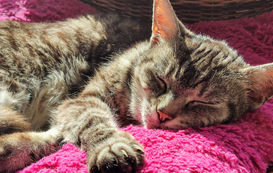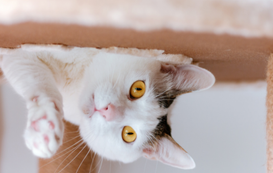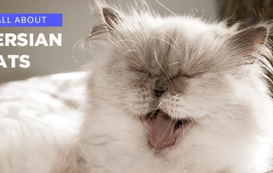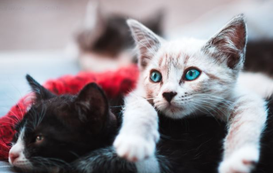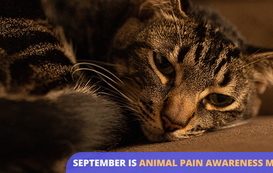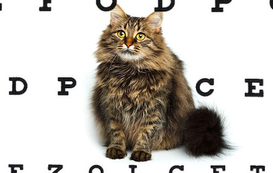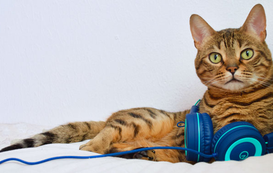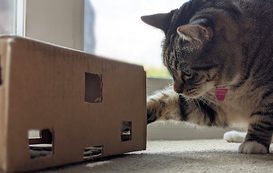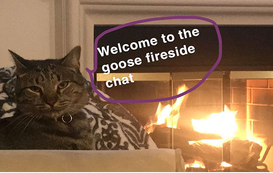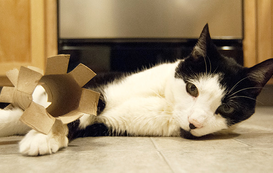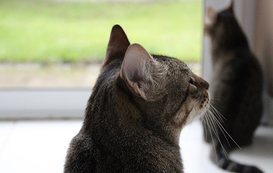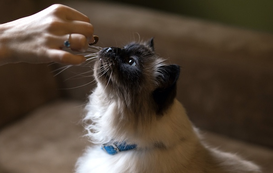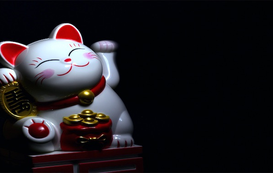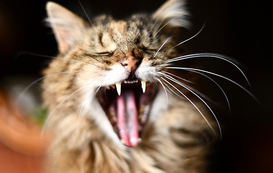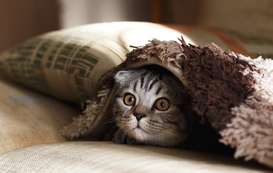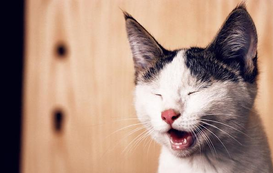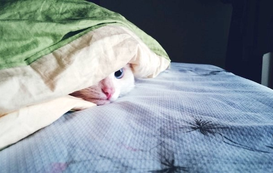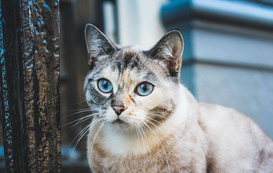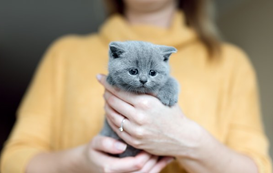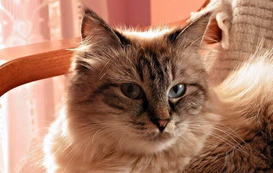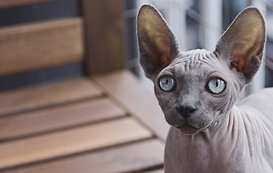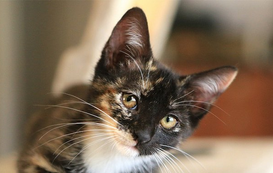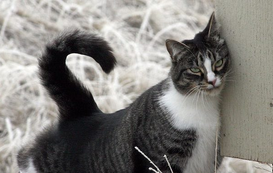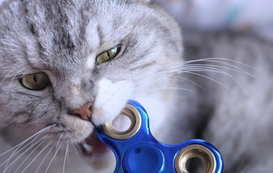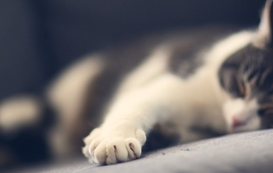- Home
- Cat Sitter Blog
- Cat Breeds
- Top 11 Hypoallergenic Cat Breeds for People with Allergies
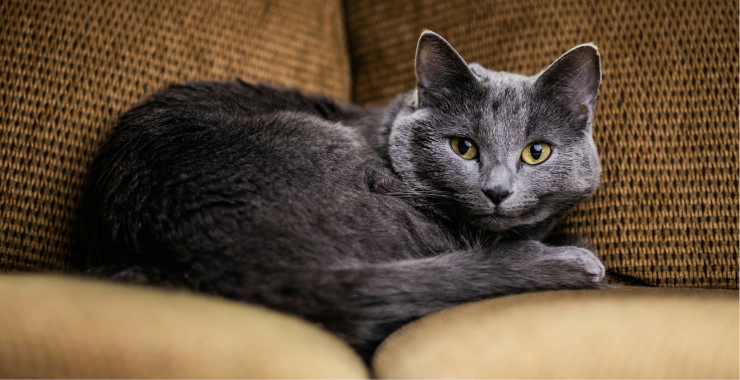

Top 11 Hypoallergenic Cat Breeds for People with Allergies
Cat lovers who suffer from allergies walk a fine line regarding being a cat owner. Fortunately, finding a pet you can cuddle and coexist with when you have cat allergies is possible. Learn more about the best hypoallergenic cat breeds and enjoy a life with less shedding and fewer allergic side effects.
How Do Cats Cause Allergies?
Cat allergies are often triggered when you inhale or come into contact with allergens like a cat’s fur, skin cells, or saliva. The main allergen that causes allergic reactions is a protein called Fel d 1.
Humans come into contact with Fel d 1 in several ways. When a cat licks and grooms itself, it leaves traces of cat saliva and dander containing the protein. Fel d 1 can be airborne or settle on surfaces within the home, so it’s easy to understand how quickly allergy symptoms can start.
When Fel d 1 particles are inhaled or come into contact with your skin or eyes, your immune system releases histamines and other chemicals to combat the allergic reaction. That reaction causes frustrating allergy symptoms like sneezing, coughing, stuffy nose, itchy or watery eyes, wheezing—even skin rashes.
Is There a True Hypoallergenic Cat?
While there may be no such thing as a truly hypoallergenic cat, some cats produce less Fel d 1. These breeds of cats are considered more hypoallergenic than others and less likely to set off an extreme allergic reaction.
Allergy sufferers should look for feline friends who produce fewer allergens or have coats that produce less cat dander. Low-shedding cats also tend to spend less time grooming, which reduces the presence of allergens in their saliva.
Cats labeled as hypoallergenic are often better tolerated overall, but it can still vary from person to person based on their degree of sensitivity.
11 Best Hypoallergenic Cat Breeds
1. Siberian
Siberian cats shed less fur, meaning fewer allergens are floating about your home; however, unlike some hypoallergenic cat breeds that lack an undercoat or have very fine fur, the Siberian cat has a long, triple-layer coat. It’s such a dense coat that it’s thought to help trap allergens that affect allergy sufferers.
2. Russian Blue
Russian Blue cats have a shorter coat and are thought to produce fewer allergens. Their grooming habits may also help keep allergen levels lower.
3. Siamese
Siamese cats shed less and produce fewer cat allergens than many pets with long coats. Cat allergy sufferers actually consider these noble cats to be low-maintenance because they shed less fur.
4. Balinese
Balinese cats are a variation of the Siamese and are often referred to as a long-haired Siamese cat breed. They shed less than other breeds, which reduces the distribution of allergens. Cuddle more, sneeze less.
5. Javanese
Javanese cats only have a single coat of fur, which helps reduce their shedding level. They’re often classified as a Balinese-Javanese but are also their standalone breed. The absence of the undercoat helps reduce the overall presence of cat dander.
6. Oriental Shorthair
Oriental Shorthairs are closely related to the Siamese breed. Just like you’d gather from the name, they have short hair, which results in less dander and shedding than other breeds.
7. Bengal
Bengal cats have a short, fine layer of hair and are almost completely non-shedding. In turn, they lick and groom less regularly and have fewer allergens in their saliva.
8. Cornish Rex
Cornish Rex cats have a unique, curly, short coat that some pet parents find less allergenic. Their fur is more prone to oil buildup, so grooming them more often is necessary.
9. Devon Rex
Another curly-coated kitty to love, the Devon Rex is a cat with a small frame and large ears. Its curly coat produces less cat dander, making it a popular choice among allergy sufferers.
10. Sphynx
Sphynx cats are hairless cats, which can lead to lower allergen levels since there is no fur to trap allergens. They might not seem like the type to cuddle, but allergy sufferers gravitate to this purrfectly sweet, unique breed.
11. Burmese
It’s hard to keep your human paws off the silky coat of a Burmese cat. Luckily, the cat hair isn’t prone to excessive shedding, making them a popular choice for allergy sufferers.
Tips to Reduce Allergens
Taking steps to reduce cat allergens around the home can make it easier for highly allergic pet owners to care for their furry felines.
Here are some ways you can reduce allergy symptoms at home:
- Groom your cat more often to remove oil buildup and reduce shedding.
- Use air purifiers or increase ventilation in your home.
- Clean the surfaces in your home regularly (a vacuum with a HEPA filter is a great investment.)
- Keep your bedroom cat-free.
- Opt for hard surface floors over carpeting and area rugs.
- Wash your hands and clothes after handling the cat.
Meowtel cat sitters love cats and go above and beyond to ensure your feline friend is safe, happy, and comfortable. Our insured pet sitters can drop by for a quick 20-minute check-in or a full hour to give lots of cuddles. We understand how important it is for your cat to feel relaxed and safe in their home, so we also offer overnight stays to help your pet feel at ease. Trust us with the care of your furry friend and enjoy genuine peace of mind.





